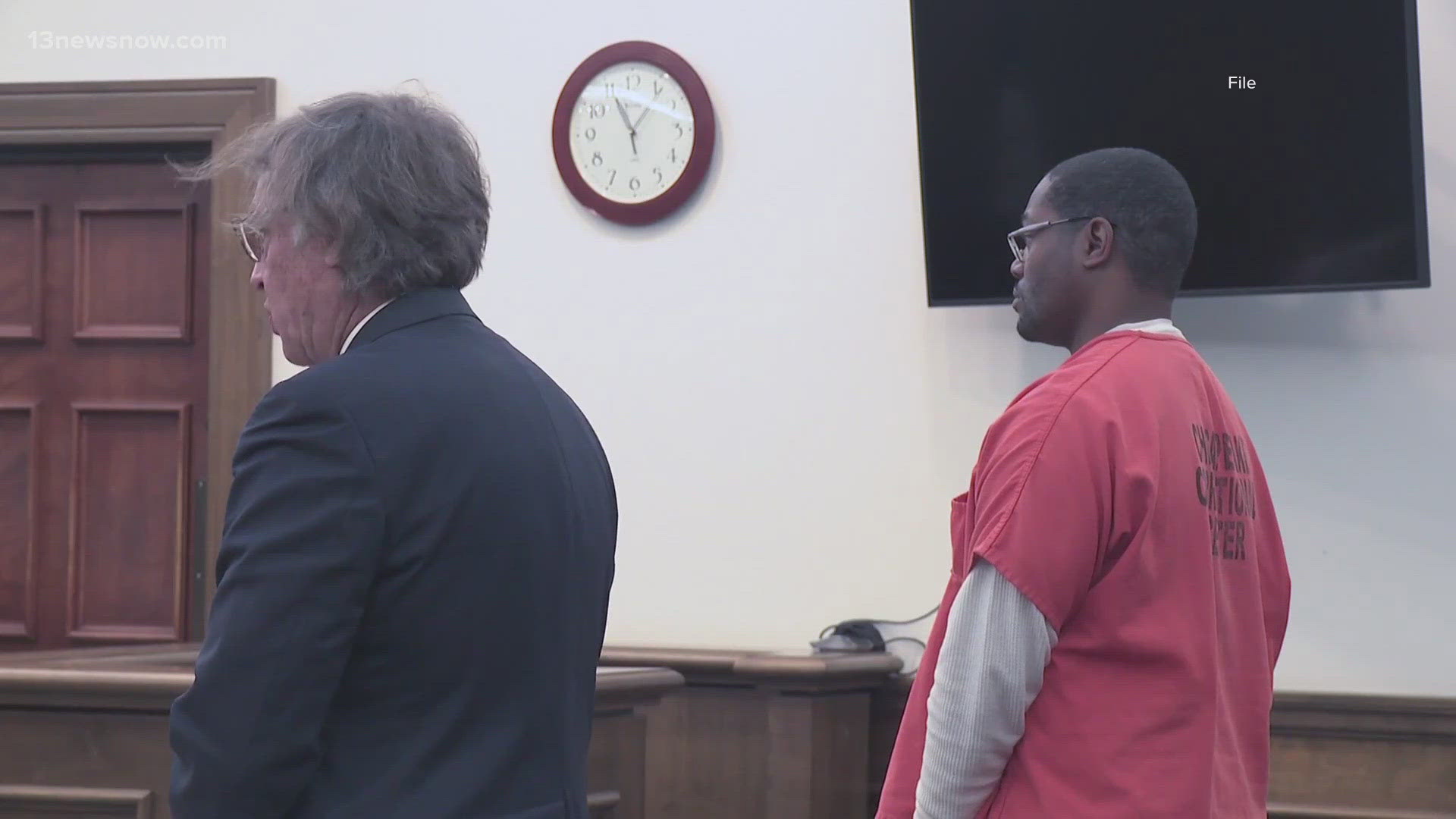CHESAPEAKE, Va. — Friday marked day two of evidence and testimony in the trial of Richard Humbert. He’s the man accused of hitting 8-year-old Forrest Hooper on South Battlefield Boulevard last October, then driving away.
Doctors pronounced Hooper dead at the hospital later that day.
This is second trial for Humbert. The first ended in a mistrial over concerns jurors discussed and researched the case.
Friday, the prosecution shifted its focus to the defendant’s car.
The jury heard from the forensic specialist who processed the vehicle after police tracked Humbert down days after the crash.
The specialist identified photos of a large dent in the hood of the vehicle, as well as a dented license plate.
The detective also explained the process of using “black powder” and “gel lift” techniques to reveal and extract fingerprints. She explained what appeared to be a small, smeared handprint on the car’s hood was not visible to the naked eye, but the black powder technique helps reveal sometimes hidden prints.
Humbert’s defense team questioned the specialist about whether she knew the condition of the car before processing it and if she knew when the suspected print landed on the car. The specialist replied, “There’s no timestamp on fingerprints.”
The jury also heard from a Chesapeake detective who specializes in digital forensics. He extracted data from Humbert’s cell phones after the crash.
In opening statements Thursday, the prosecution told the jury Humbert searched terms including “hit and run” and “accident” after the crash, but there has been no testimony about the contents of his cell phones so far.
Friday afternoon, the jury went to view Humbert’s car at a secure garage. The judge explicitly told them not to discuss what they see or anything related to the case until deliberations begin.
The trial will continue into next week.

